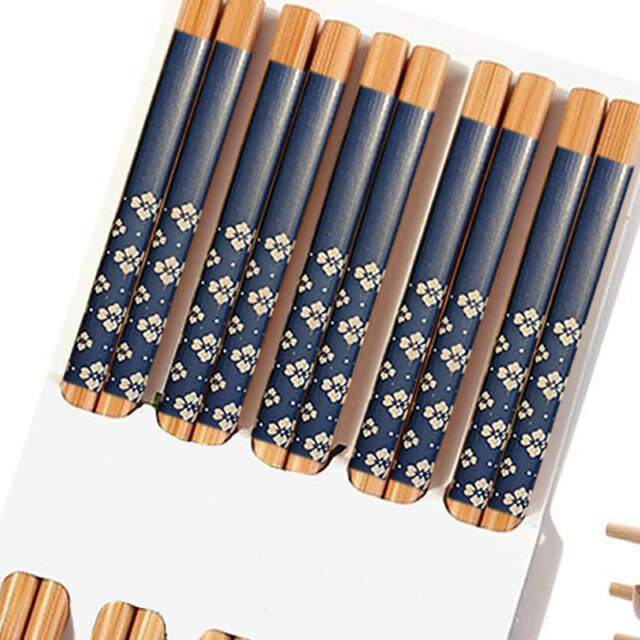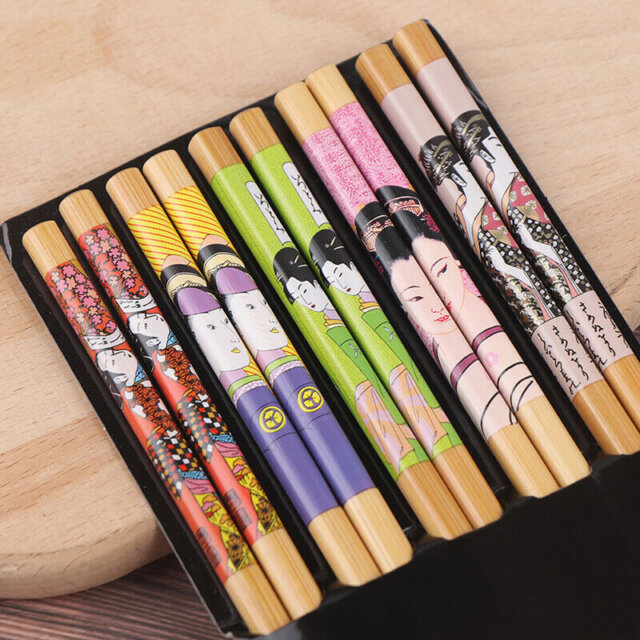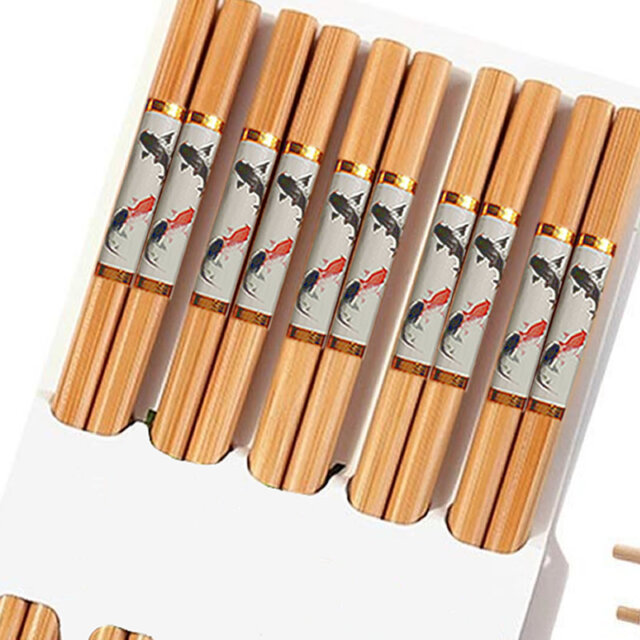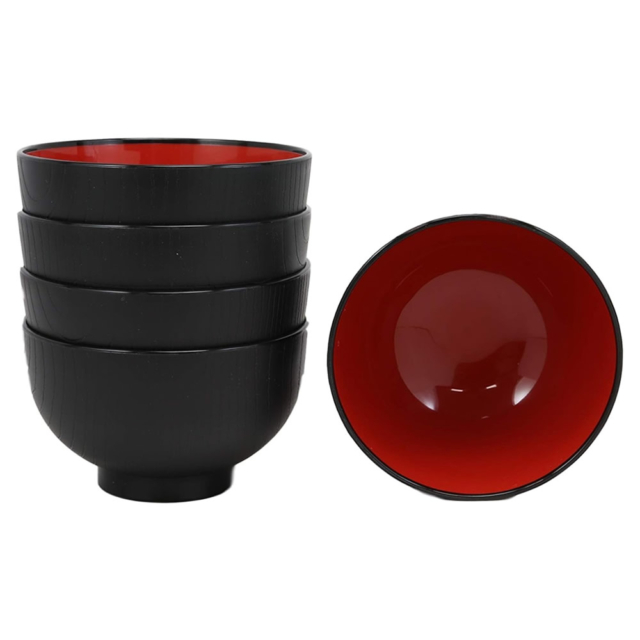Frequently Asked Product Questions
Most frequently asked questions about our product range including bento boxes and accessories.
What are bento boxes?
Bento is a single-serving, pre-packaged meal that is transported by the eater already assembled and ready to eat. Bento is traditionally made with rice or noodles as the base starch, and a protein or two like fish, eggs, or meat. A range of pickled and cooked vegetables, as well as a few bits of fruit, complement these two primary focal points, resulting in an easily balanced dinner for healthy eating away from home. Sandwiches, yoghurt, dessert, green salads, and fried potatoes are examples of modern bentos that may be inspired by western culture. Learn more about what is bento.
What are Japanese bento boxes made of?
Bentos from convenience stores are typically composed of disposable plastic, however, reusable containers come in a variety of materials with varying levels of quality and cost. Bento containers are often composed of wood, metal, plastic, glass, stainless steel, melamine, or silicon, and will endure a long time if properly cared for. Thermal materials for keeping meals warm, bamboo, lacquered wood, and melamine are among the most expensive possibilities. Family heirlooms are sometimes maintained in more attractive wooden storage containers. Learn more about what bento boxes are made from.
What goes in bento boxes?
Bento boxes can be filled with almost anything, but the most common filling is rice, which is a mainstay of Japanese cuisine. Otherwise, as long as you pay attention to balance, you can put whatever you want in it. Fish or meat, pickled or pre-cooked vegetables, tamagoyaki Japanese omelette, potato or pasta salad, and sometimes a small portion of fruit are common ingredients included in Japanese bento boxes. Learn more about top Bento Lunch Box Food Groups.
When were bento boxes invented?
Bento has a lengthy history in Japan. The boxes initially arose roughly 1,000 years ago, during the Kamakura period (1185–1333), when they were used to transport rice. The distinctive lacquered wooden box was developed in the late 16th century, and throughout the next few hundred years, bento was used not just for packing lunches, but also for entertaining, theatrical excursions, travel, tea services, and more. Learn more about bento box history.
Are bento boxes healthy?
Bento boxes aren’t inherently healthy because of the food they contain — many feature fried chicken, creamy potato salads, and thick sweet sauces, all of which are generally considered “unhealthy” — but they are because of the way these meals are balanced together. A bento box will never only have white rice and fried chicken; it will almost always include a variety of grilled or steamed veggies, fresh tomatoes or salad leaves, and pickles to round out the meal. Because there are so many other side dishes to savour, you don’t even eat as much fried chicken or white rice when everything is packed into one box. Learn more about healthy bento boxes.
Can bento boxes go in a microwave oven?
Traditional and wooden bento boxes are made from either a food-grade ABS resin with a melamine coating or wood. Due to the materials used to make them they can not be used in a microwave or conventional oven. Using our bento boxes in an oven or microwave oven will damage the product and render it useless.
Can bento boxes go in the dishwasher, are bento boxes dishwasher safe?
In most cases, a dishwasher uses harsh chemicals and pressure to wash items so it is not recommended to use our bento boxes in a dishwasher as they can damage the melamine or two-tone master batch finish that has been applied to give it a gloss look. Unless the product specifies that it can be used in a dishwasher we suggest using a soft damp cloth to clean and towel dry after. bento boxes are not dishwasher safe.
Why are bento boxes so popular?
Serving foods that are touching is often a challenge for parents of picky eaters or children with food aversions — but with a bento box, there’s no need to worry! Not only do the several compartments keep everything organised, but the diversity of foods can give finicky kids greater control over what they consume. Yes, they have the opportunity to choose, but when they have the option to choose from a variety of pre-prepared, nutritious selections, you’re both winners!
Bento-style lunch boxes also encourage a balanced, well-portioned meal, much as traditional Japanese bento boxes do. Senior Nutrition Australia dietitian Aloysa Hourigan claims bento boxes “help you limit your portion sizes because each container is not enormous”. You may have a modest portion of pasta or rice salad in one box and protein in another. A food item such as a muffin or a veggie stick with hummus in another compartment.” Yumboxes are available in a variety of sizes and configurations, all of which are meant to provide optimal nutrition. Learn more about Bento Lunch Boxes & Diet.
Are bento boxes environmentally friendly?
Most of us nowadays are environmentally concerned and are doing our best to reduce our usage of plastic products, which has resulted in the introduction of alternative products to the market, such as dinnerware and bento boxes. Every year, we discard approximately 300 million tonnes of plastic, which is growing at an alarming rate, with just 9% of it getting recycled. This means that 91% of all plastic is used only once before being thrown in landfills or oceans. What are your options? Bamboo has been used as a food-grade or food-safe substitute for thousands of years since it is a natural fast-growing grass that is renewable, biodegradable, and has natural antibacterial characteristics. Read more about Sustainable Bento Boxes.
Are bento boxes eaten cold?
Bento boxes are typically not microwaved and are instead eaten cold (or rather at room temperature). It’s important that whatever you’re cooking for your box tastes well when it’s cooled. Bento boxes in Japan are designed to be consumed at room temperature. Even if you put an ice pack on it or keep it in the refrigerator, the longer it sits out, the less fresh it becomes. As a result, we strongly advise reheating cooked food before packing lunch. Bacteria are killed when cooked food is reheated. If you reside in a humid or hot area, it’s a good idea to take extra precautions.
Are bento boxes Japanese?
Bento boxes are Japanese and gained momentum over the past 400 years though the word “bento” originated in China during the Southern Song Dynasty (1127-1279). the concept spread into Japan and has since gained momentum across the world. Bento translates to Biandang in Chinese, which implies convenience. Bento boxes were food boxes with a cover and base that were strengthened from the inside by bamboo and wood. There is also evidence in bento box history that during the Warring States Period (2,000 years ago), bento boxes were utilised in the shape of a bronze food storage box with ornaments inlaid in silver with auspicious beast patterns, as mentioned in various Chinese literary works.
Where are Katachiware bento boxes made?
The complete Katachiware Collection are made in many countries including Japan, China, Korea and Taiwan. Depending on which product you choose the country of the manufacturer can be found in the product details tab. Although our collection does represent Japanese-style tableware it is not always possible to buy our complete product range from Japan as they do not make all of the products that we are looking for. You will also find that many products that are made in Japan might not necessarily be made in the country. Many businesses in Japan will design a product, make a sample then outsource the product development to another country, and import it back into the country for final quality control and packaging.
Is “Made In Japan” actually made in Japan?
Yes and no. Even though a business such as ours will buy products directly from manufacturers in Hapan, you will find that many (not all) Japanese products are frequently made in countries other than Japan. When you see “Made in Japan” on a product, the manufacturer could be outsourcing production from countries other than Japan which could include China, Taiwan or Vietnam. Products marked as “Made in Japan” are normally designed by a Japanese company, prototyped in a Japanese factory, and tested for performance and quality. Following that, during the mass production stage, it is possible that a portion of the total manufacturing volume is sourced from an overseas factory. International factories follow the same manufacturing method as Japanese factories, and quality control is carried out.
Where To Buy Bento Boxes
A bento cooked at home is filled with the devotion of the eater’s family. But with more and more moms working outside the house, bento is now being offered in growing quantities at department shops, supermarkets, and convenience stores. There are also establishments specialised in takeaway bento.
What Is Japanese Ekiben?
Japanese Ekiben is a combination of two Japanese words: eki, which refers to a train station, and ben, which refers to a Japanese lunchbox. A lunch box known as an ekiben is sold at railway stations around Japan. Ekiben reflects the many culinary traditions of Japan’s various regions and is designed to be consumed on the train. They contain delectable food dishes made from high-quality local ingredients. Read more about Ekiben Bento.
Can bento boxes keep food hot?
While traditional bento boxes are not designed to keep food hot, there are modern thermal bento boxes made from materials like stainless steel that can retain heat for several hours. If using a traditional wooden or melamine bento box, it’s recommended to eat the meal at room temperature or use an insulated lunch bag to help maintain the temperature.
Are bento boxes reusable?
Yes, bento boxes, especially those made from materials like wood, stainless steel, melamine, and ABS plastic, are reusable. They are designed to be durable and long-lasting with proper care. Disposable plastic bento boxes, often sold in convenience stores, are the exception. Reusable bento boxes help reduce waste and are an eco-friendly choice.
Can I use bento boxes for western-style meals?
Absolutely! Bento boxes can be used to serve a wide variety of meals, including western-style dishes. Many people use bento boxes to pack sandwiches, salads, pasta, and wraps, along with small portions of fruits, nuts, and snacks. The compartments make it easy to separate different food items, making it versatile for any cuisine.
What size bento box should I use?
The size of your bento box depends on your portion preferences and the type of meal. For an average adult, a bento box with a capacity of around 600-800 ml is suitable for a balanced meal. Smaller boxes, ranging from 300-500 ml, are perfect for children or lighter meals. Larger bento boxes of 900 ml or more are great for those with bigger appetites or for packing more elaborate lunches.
Are bento boxes microwave safe?
Some bento boxes made from microwave-safe materials like BPA-free plastic or silicone can be used in the microwave. However, traditional bento boxes made from wood, melamine, or lacquered materials should not be microwaved as they can warp or damage the material. Always check the product details to ensure whether it is microwave-safe before use.
https://en.wikipedia.org/wiki/Bento
https://www.gov-online.go.jp/eng/publicity/book/hlj/html/202101/202101_02_en.html
https://www.dictionary.com/browse/bento
https://www.maff.go.jp/tohoku/seisan/tisantisyou/attach/pdf/savorjapan-1.pdf





